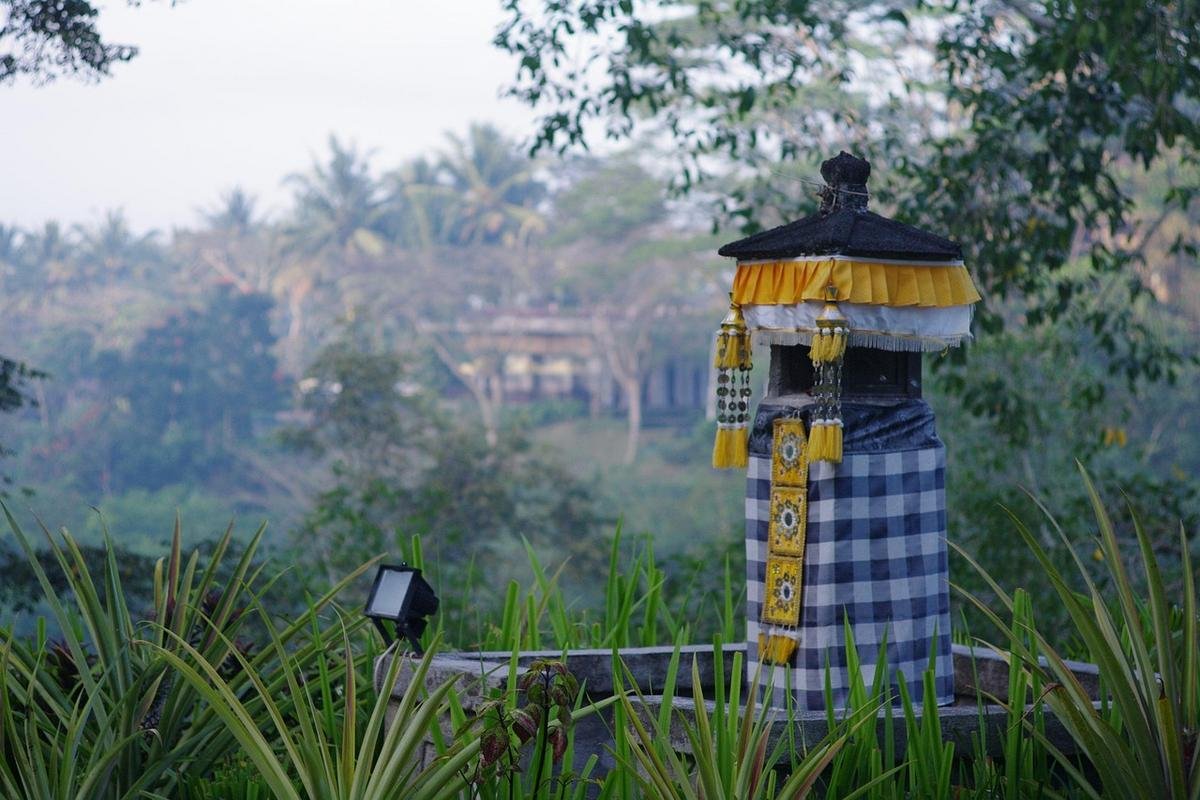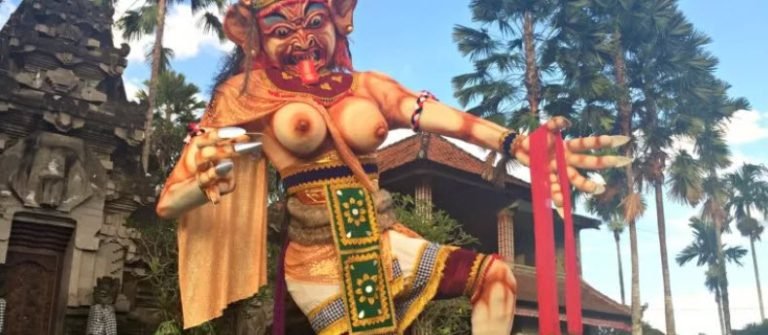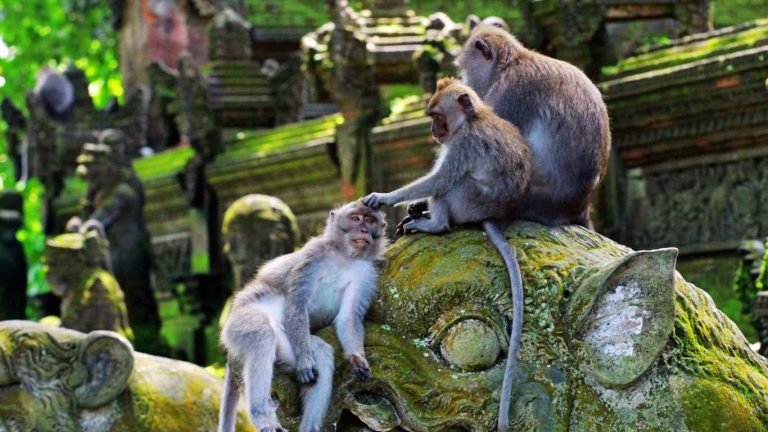Restored Pura Puru Sada Shines as Bali’s Majestic 16-Meter Pyramid Temple
Pura Sada Kapal stands among Bali’s ancient temples, valued for its historical importance and in need of careful upkeep. Local records show the King of Mengwi commissioned the site in the 18th century to honor Prabu Jayengrat, a figure revered as the royal clan’s progenitor.
The temple’s title derives from the prasada shrine in the utamaning mandala section. That shrine rises roughly 16 meters high and takes the shape of a tiered pyramid, echoing structures found in East Java. Pilgrims visit this shrine to offer flowers and incense during key rites. Known as Pususadha, this chamber remains dedicated to Siwa Guru.
Archaeological estimates place the original construction around 830 AD. An earthquake in 1917 inflicted severe damage, prompting a major rebuilding effort completed in 1949. Records suggest the complex underwent multiple restoration phases well before that modern intervention.
Detailed carvings and spiritual symbols define the compound’s design. A meru tower rises above the grounds with eleven roof tiers that honor Shiva at the highest level. Reliefs on walls and doorways illustrate scenes from the Ramayana and Mahabharata, lending both sacred meaning and artistic appeal.
Visitors enter through a candi bentar gate carved with motifs that express the link between humans and the cosmos, a key element of the Tri Hita Karana principle. Every detail aims to reflect balance and respect for the natural and spiritual worlds.
Traditional festivals draw the entire Kapal Village into the temple grounds during Ngusaba Desa and Piodalan celebrations held each year. Offerings, prayers and dance performances combine with Balinese gamelan music to create an atmosphere of communal reverence.
The site hosts Mlaspas rituals and Ngaben funeral ceremonies. Mlaspas rites often precede building expansions or important events to invoke protection. Locals believe that its spiritual energy can cleanse the soul and bring harmony to families facing life’s most challenging moments.
For Balinese worshippers, the temple embodies a union of people, nature and deity, teaching the value of living in harmony. Priests guide lessons based on the Tri Hita Karana system, reinforcing respect, balance and peaceful coexistence.
Tourists often arrive to admire the stonework and absorb the temple’s history. Those with interests in culture can watch ceremonies firsthand, learn about local traditions and explore how Tri Hita Karana shapes daily life on Bali.
Visitors must wear traditional Balinese attire when passing through sacred areas and remain orderly to preserve the site’s calm. The combination of centuries-old architecture and living customs makes Pura Sada Kapal a memorable destination for those seeking insight into Bali’s spiritual heritage.
Archaeological surveys have uncovered underlying foundation stones that hint at East Javanese influences in the initial phases. Scholars believe these remnants reveal trade and cultural links that shaped the design long before royal patronage began.




